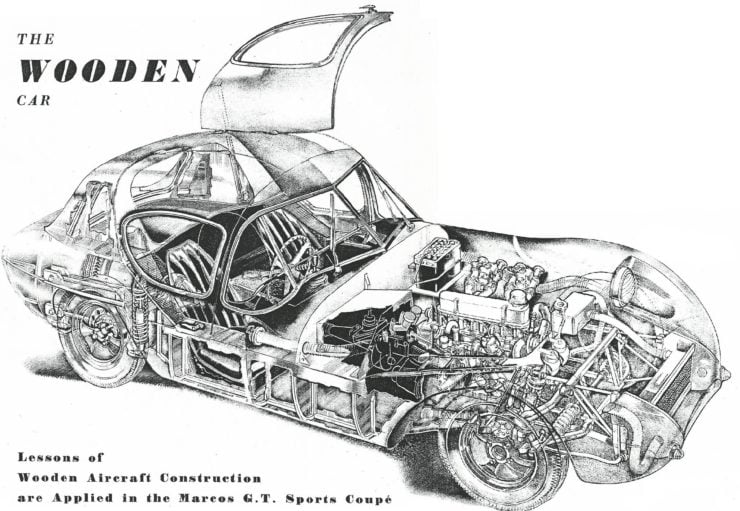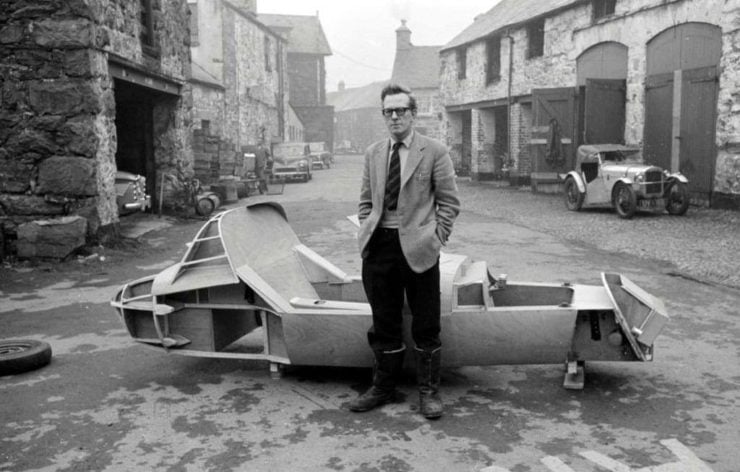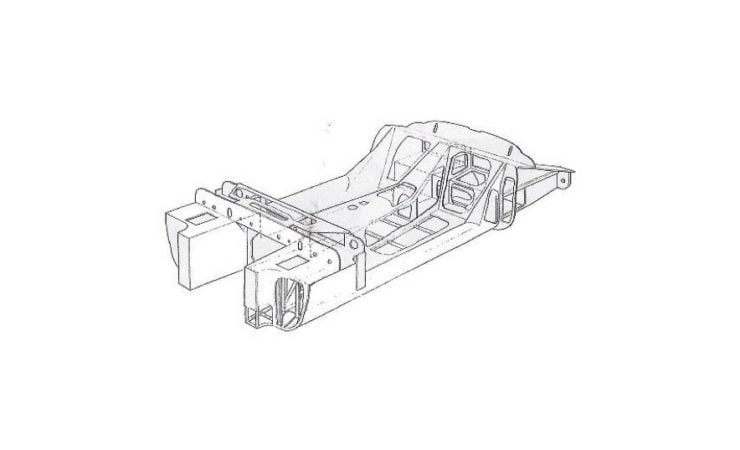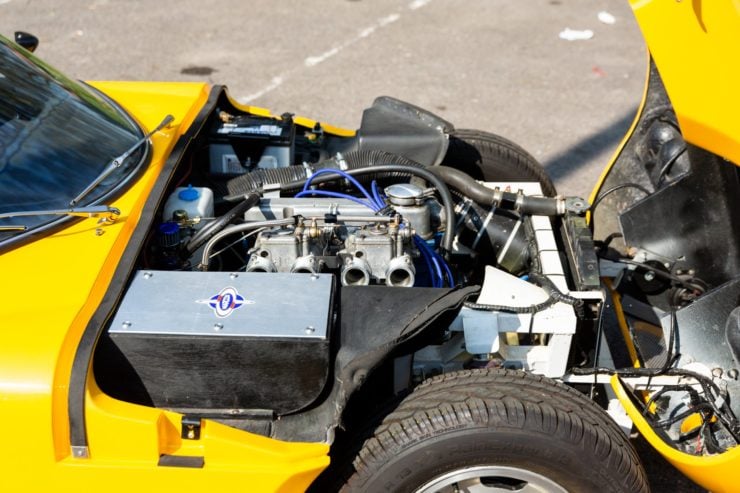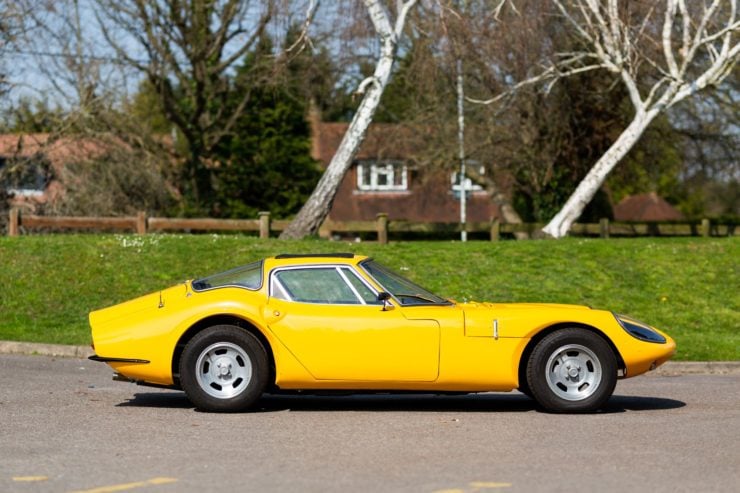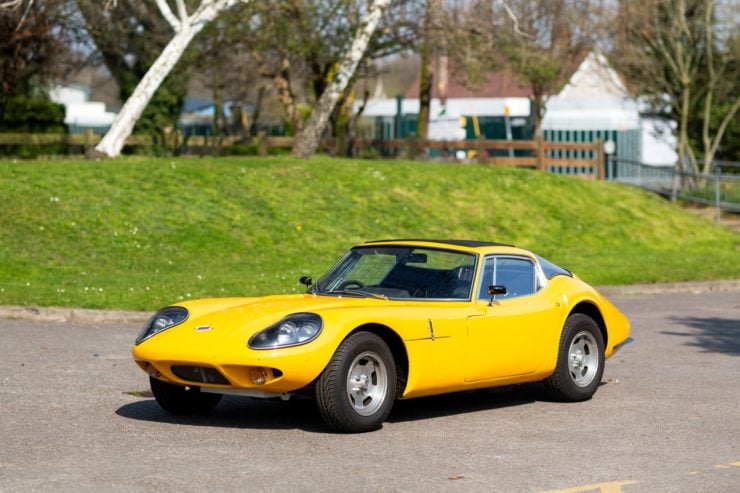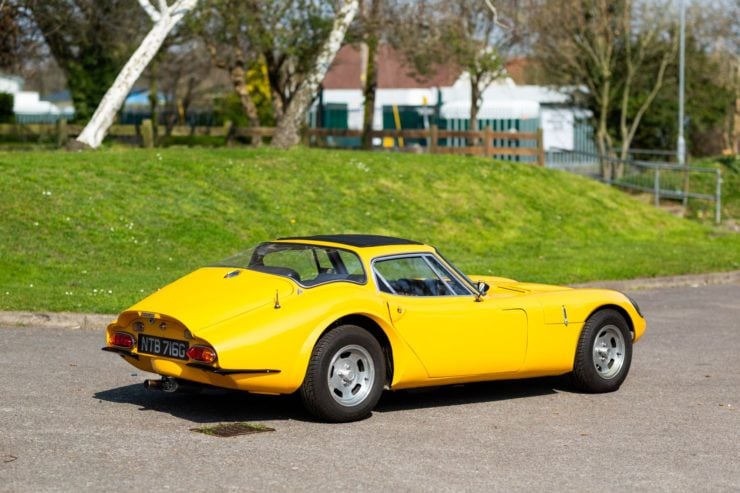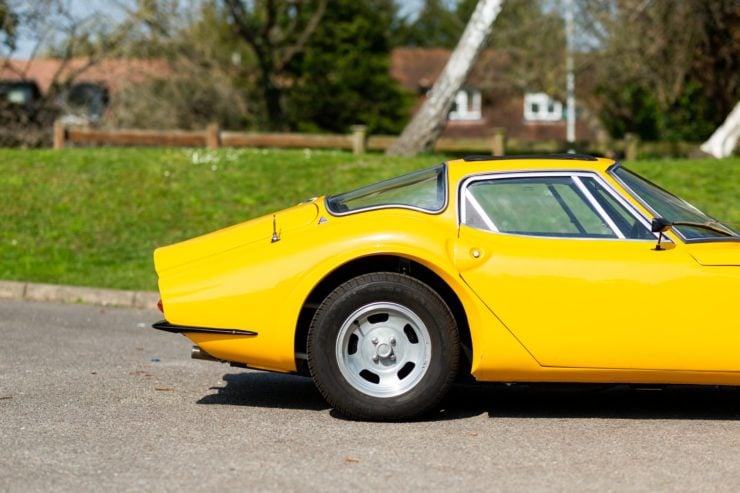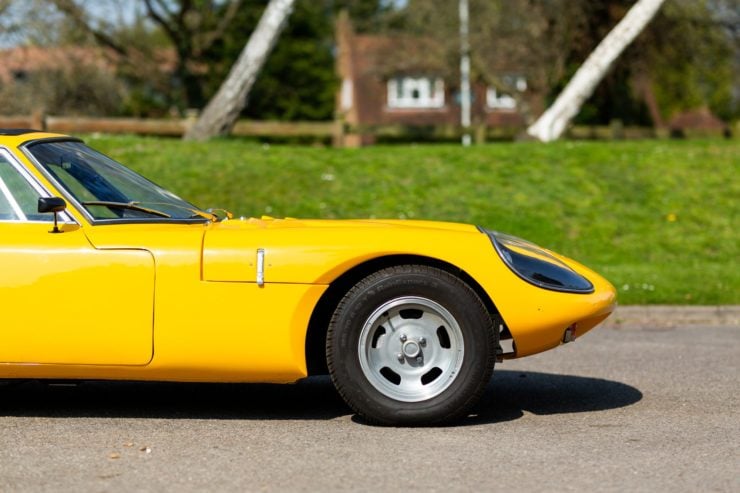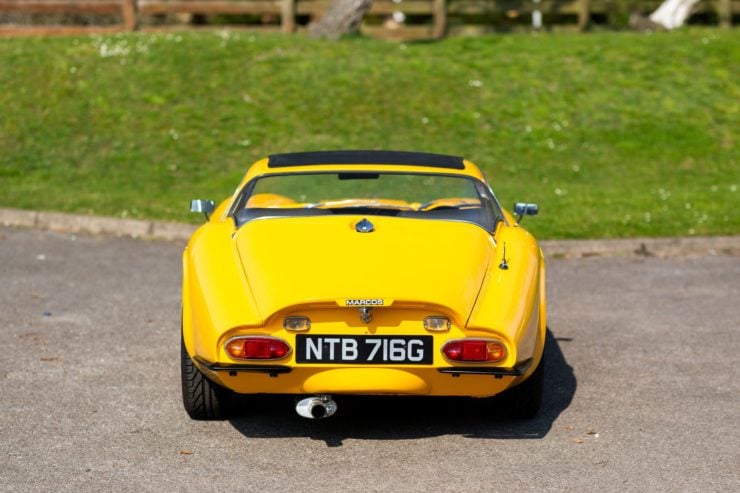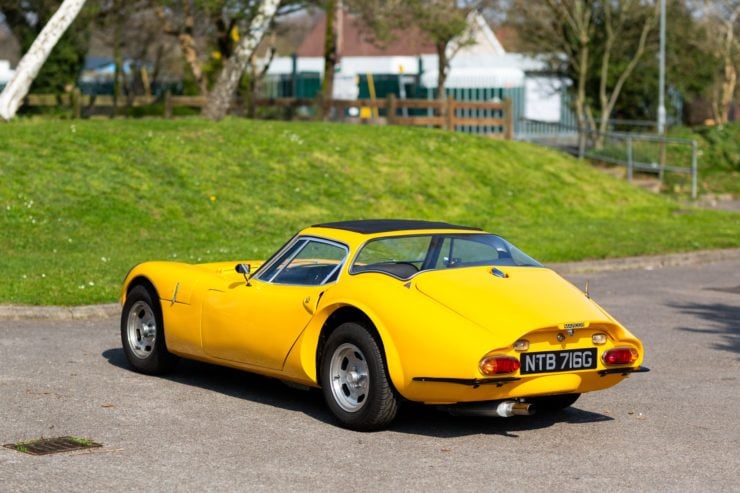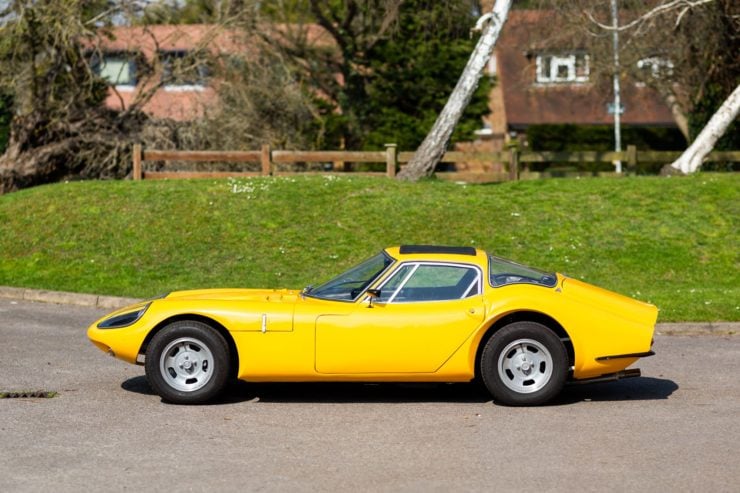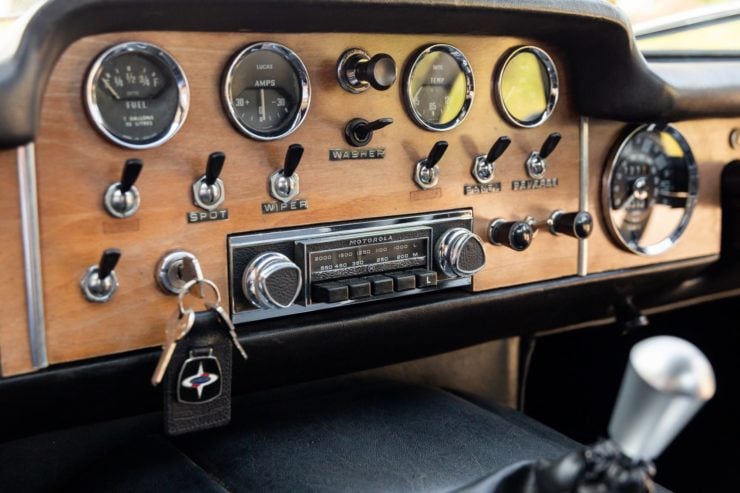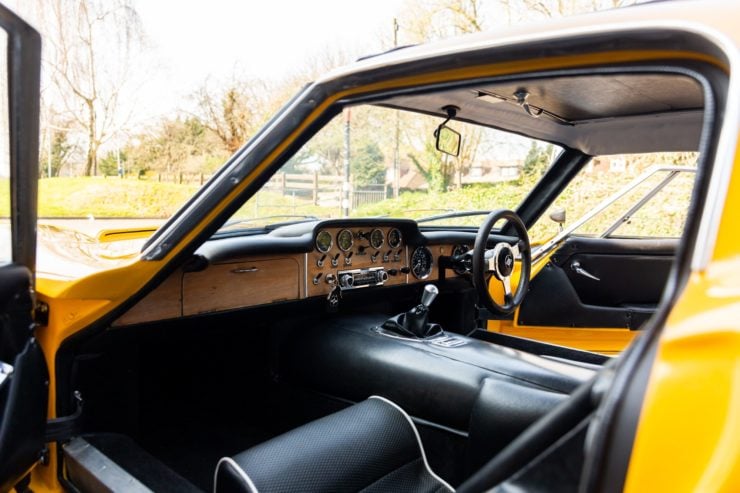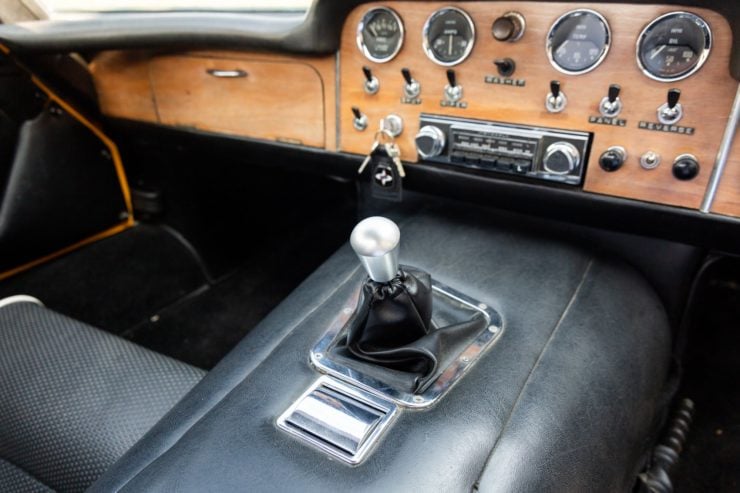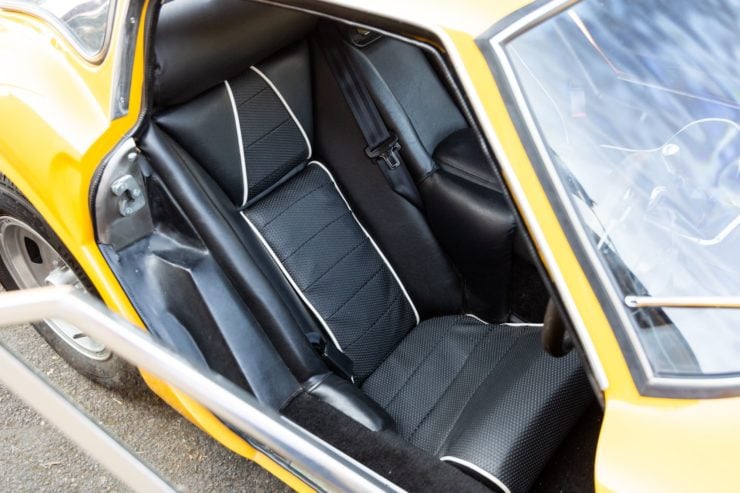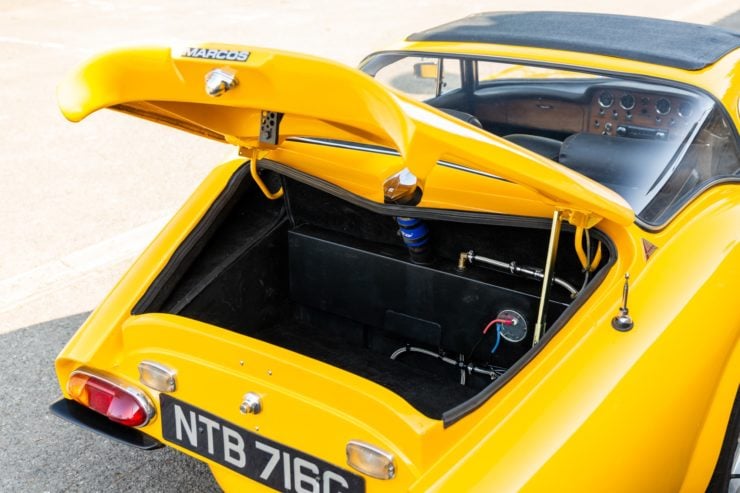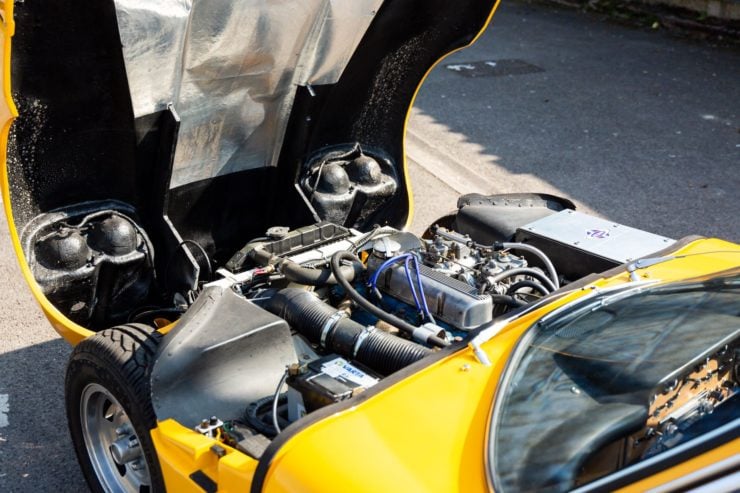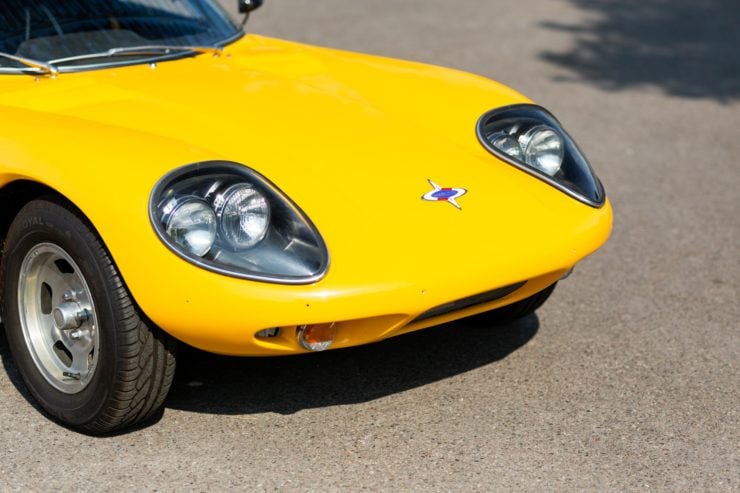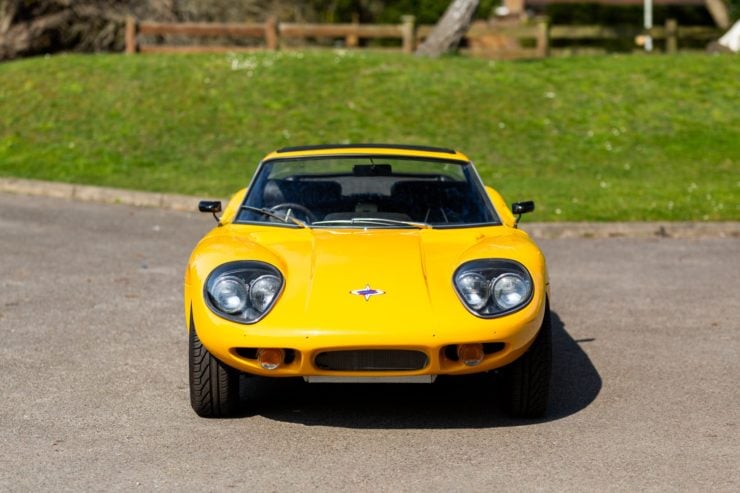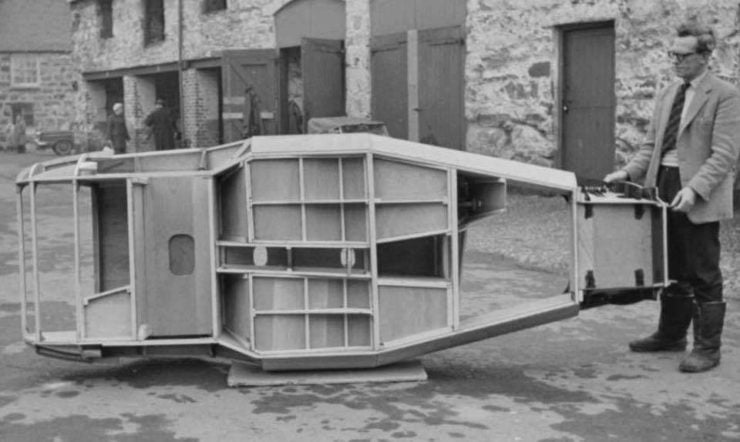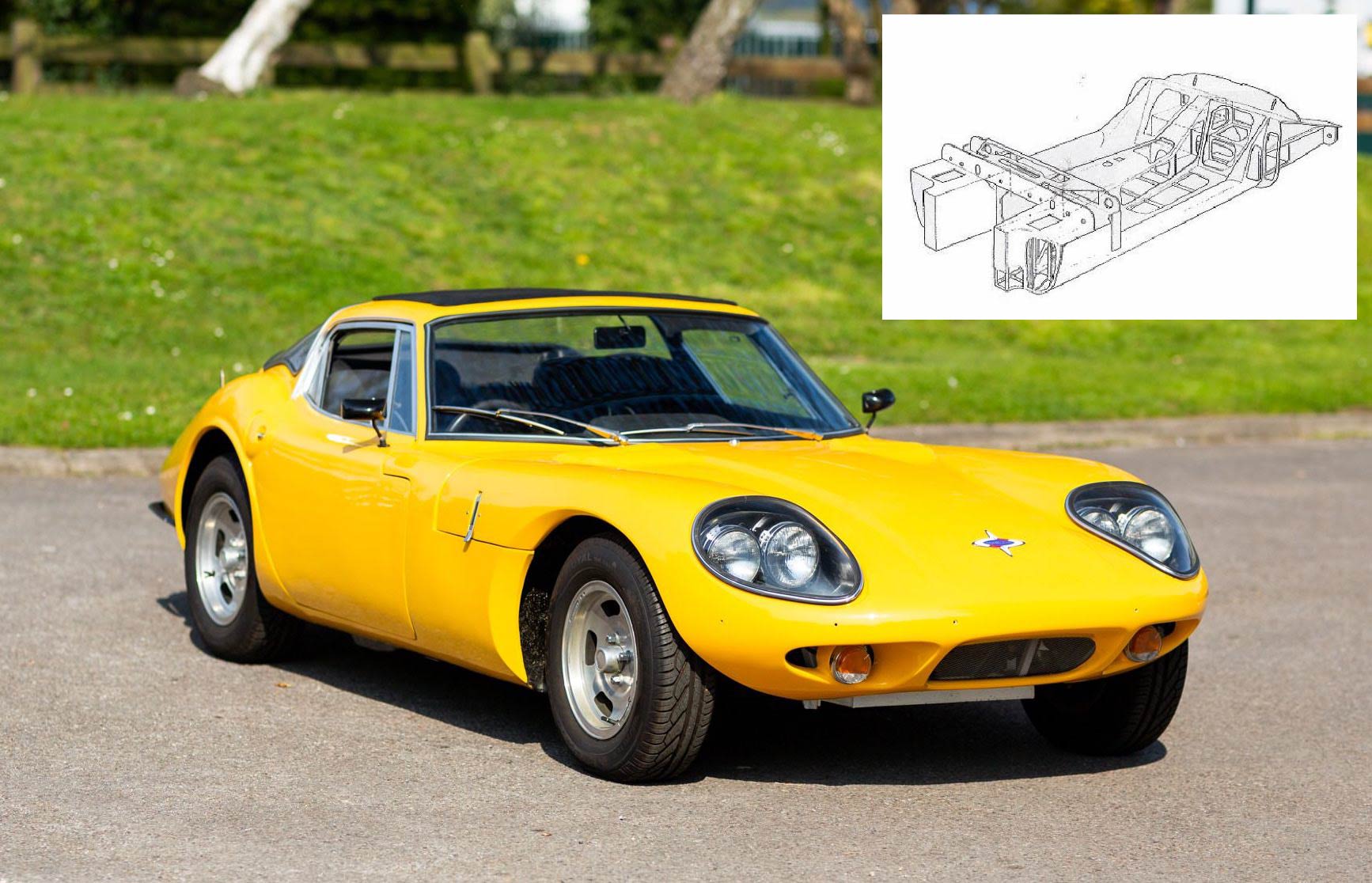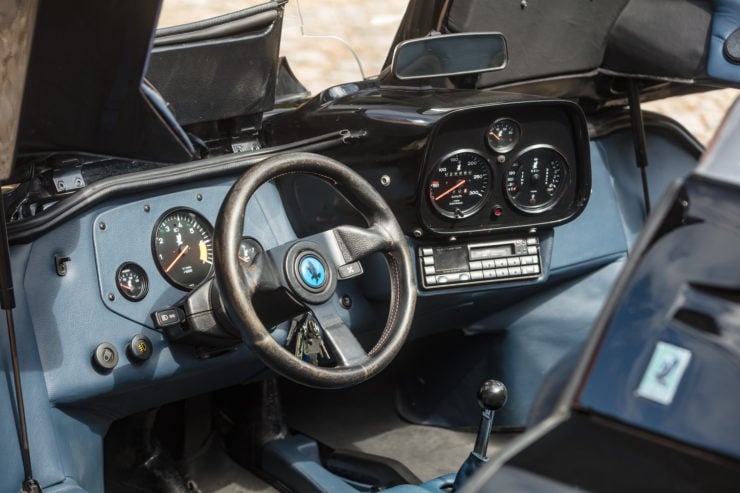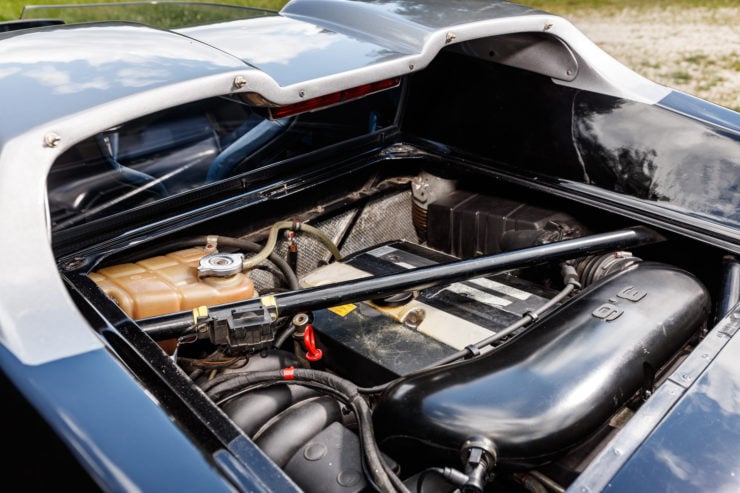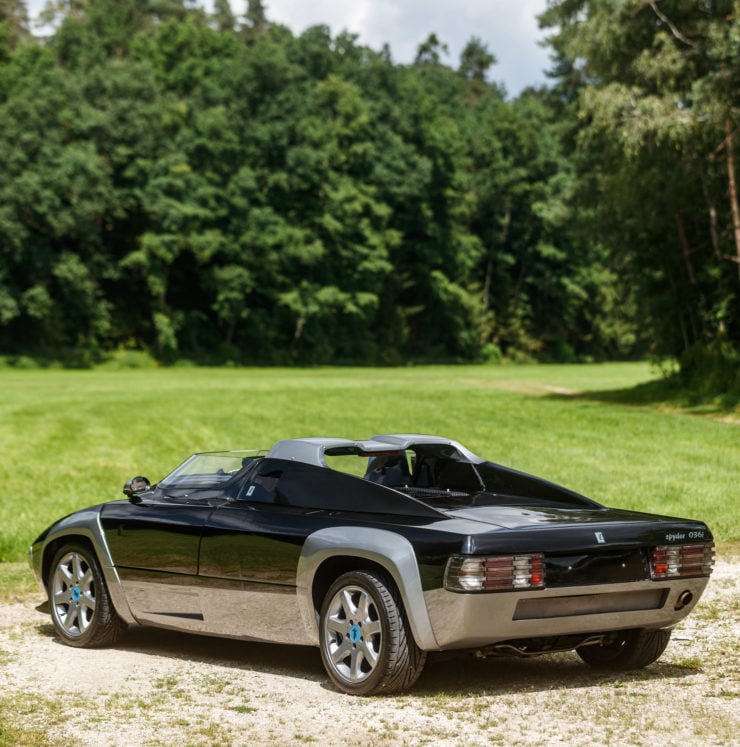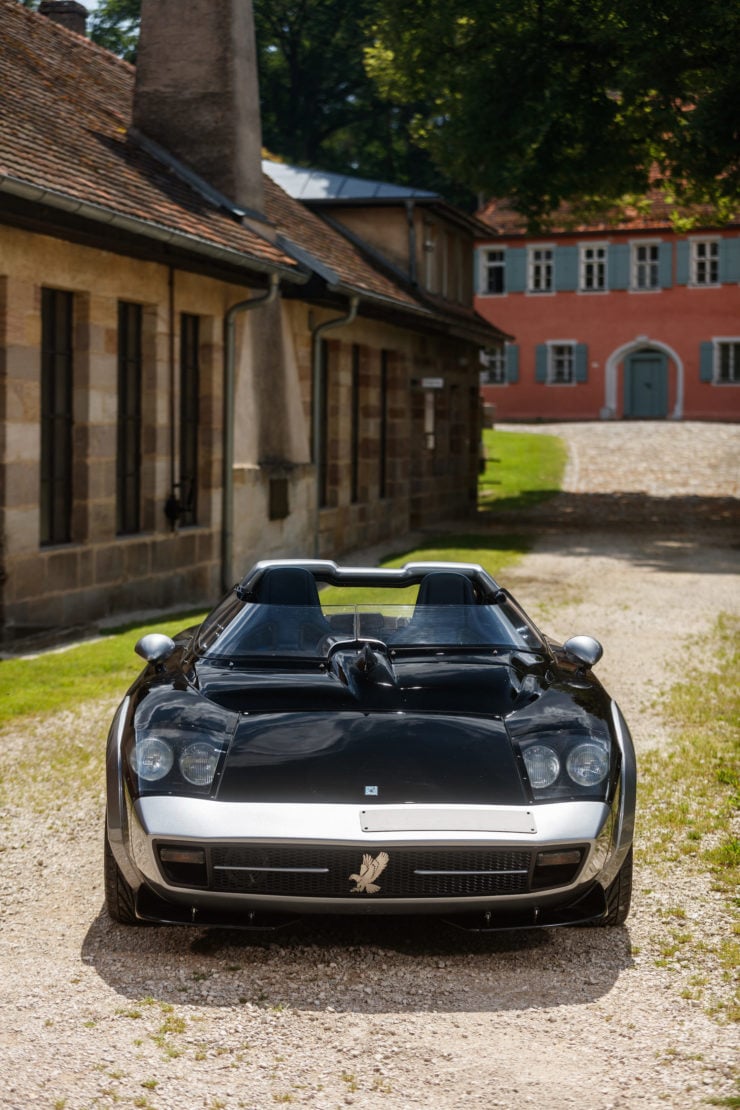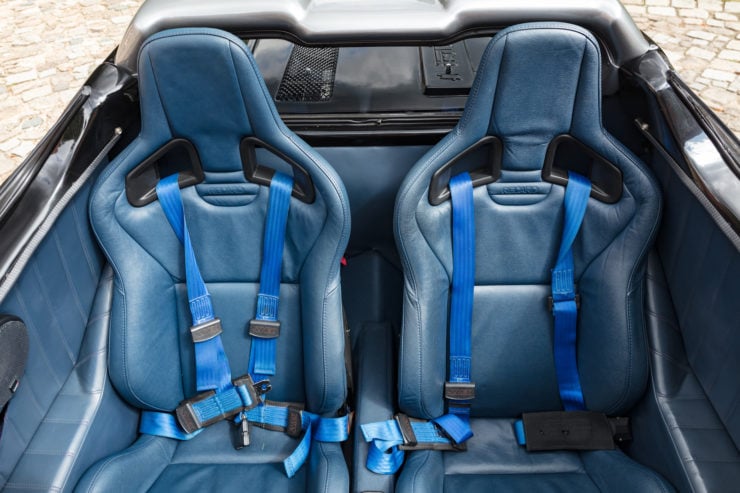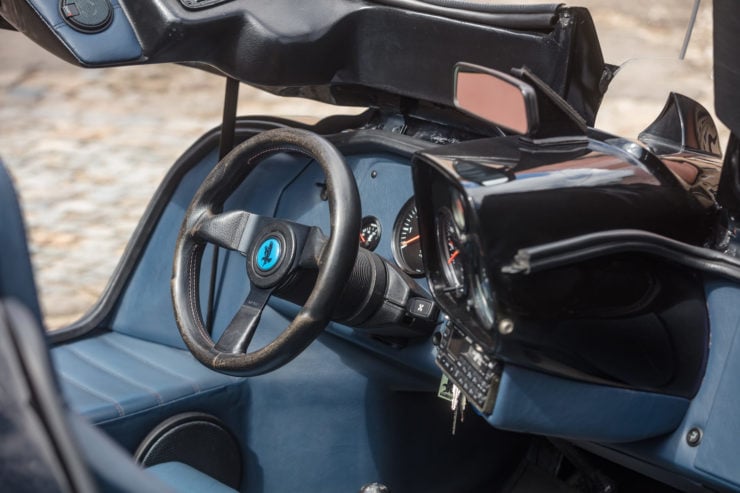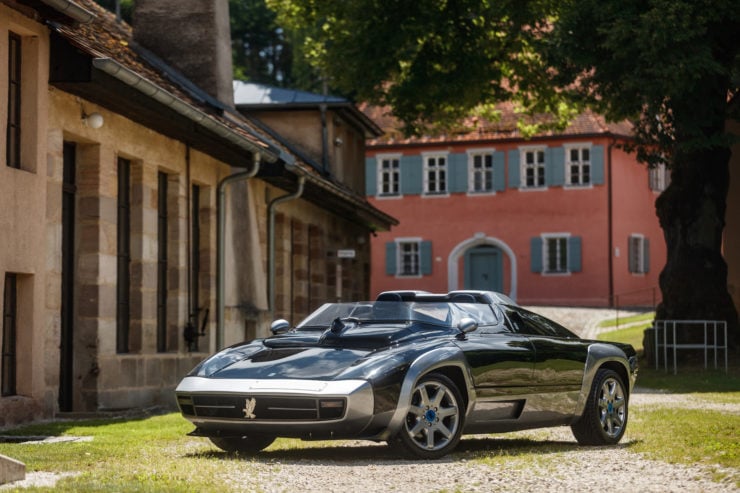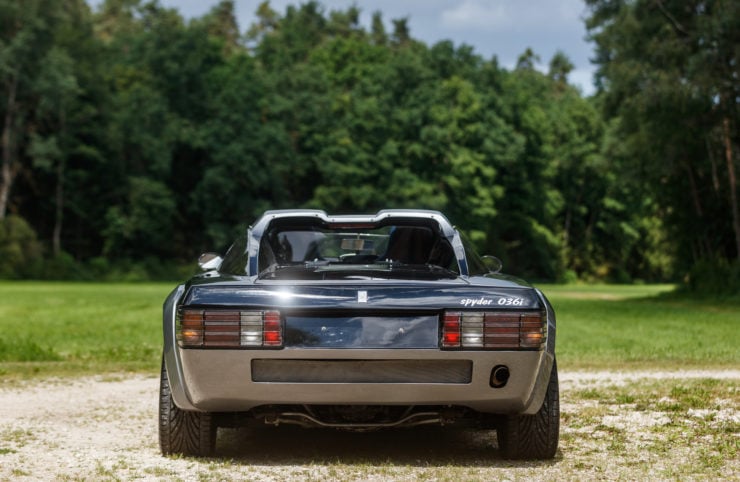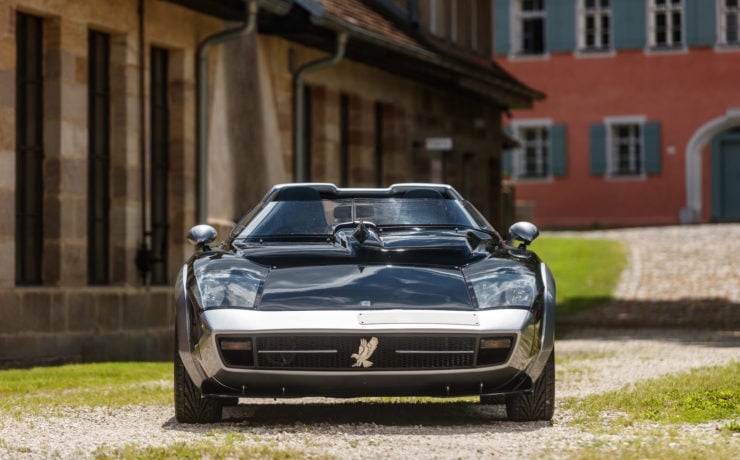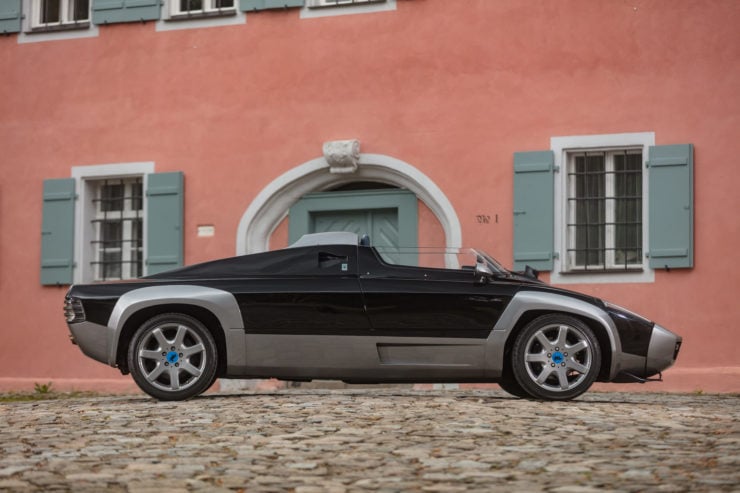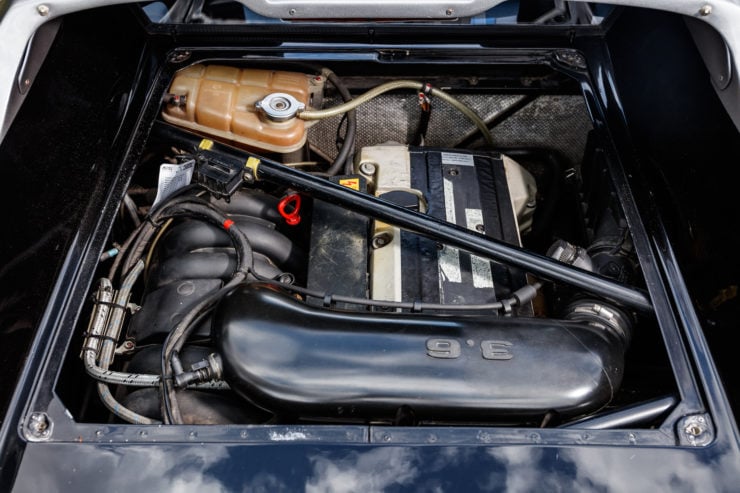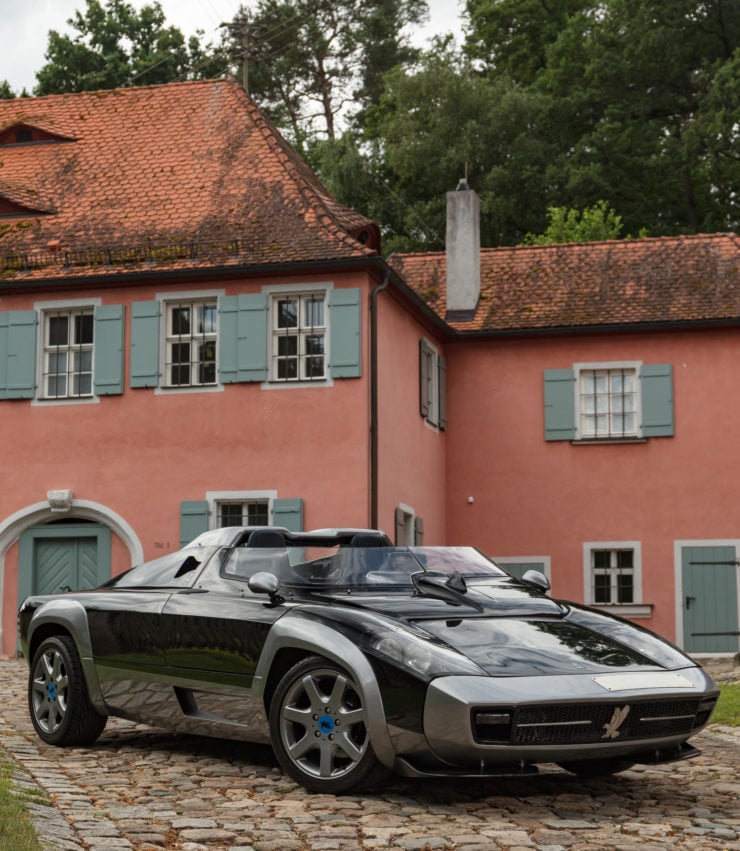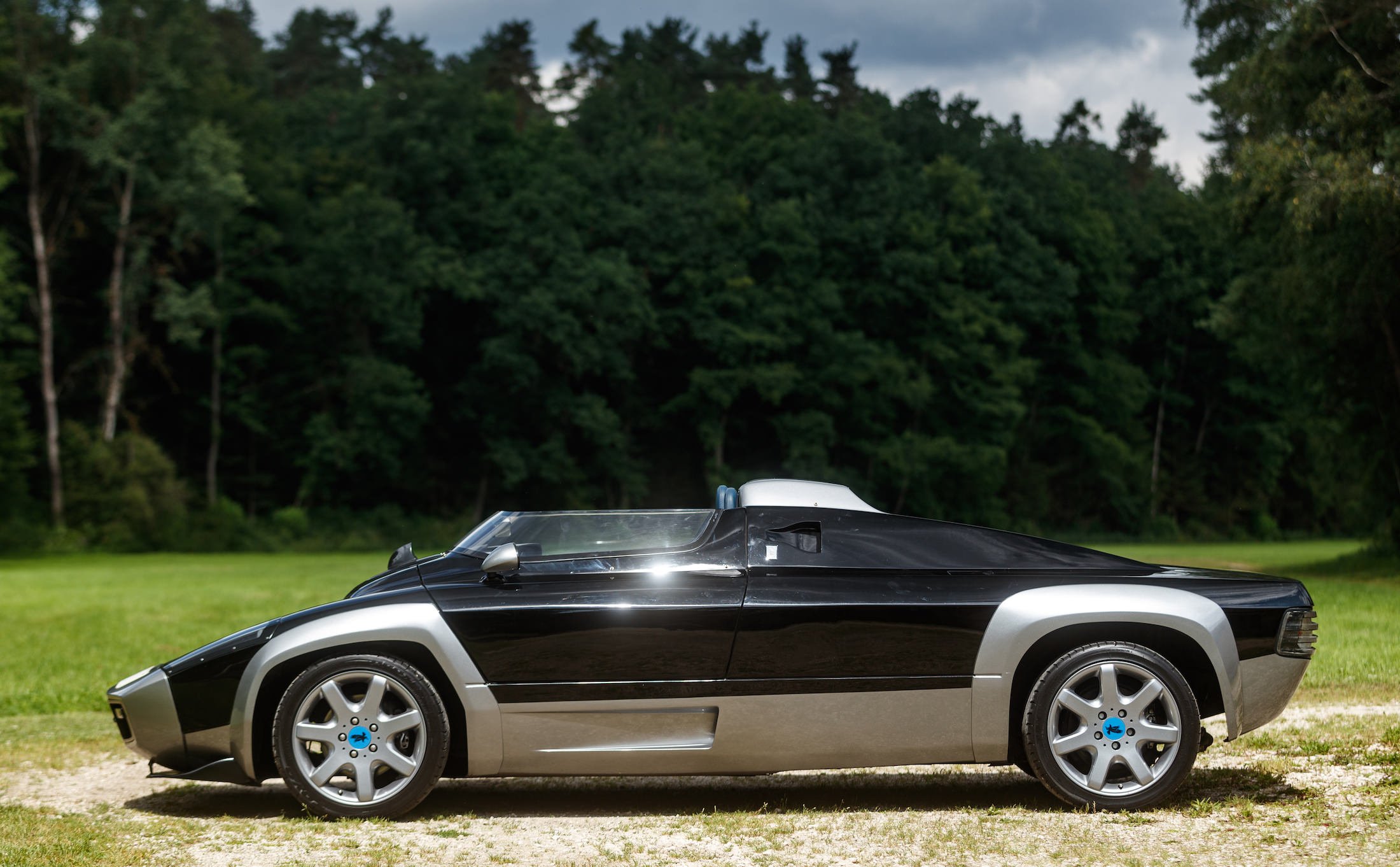Five years ago a new event rattled the windows of holiday makers at the Crowdy Head caravan park on the coast of New South Wales in Australia, located three and a half hours north of Sydney.
The event was the suitably named “Rattletrap,” and it consisted of dozens of pre-World War II hot rods and motorcycles running 1/8th of a mile drag races up the beach side by side as dozens of spectators cheered them on.
What the spectators didn’t realize was that this event would become an annual pilgrimage for many Australians in the years that followed, the images you see here are from the 2021 running of the event that drew the largest crowds in Rattletrap’s five year history.
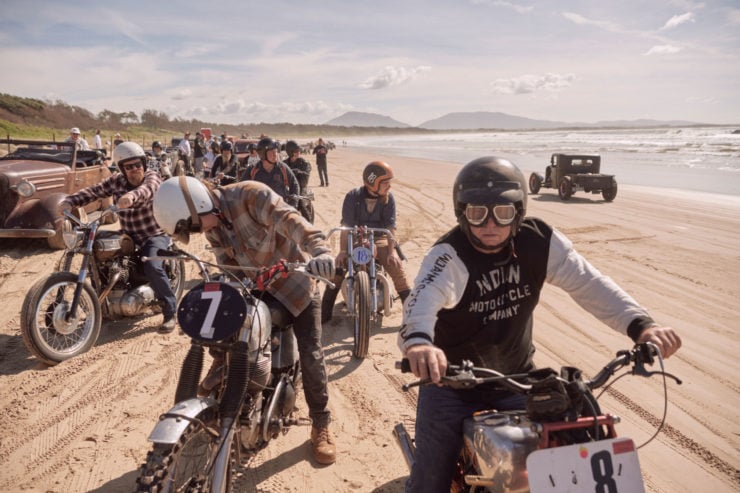
When you attend Rattletrap it’s almost like stepping through a timewarp back to the mid-20th century.
The idea of drag racing on the beach may sound strange at first, but these competitions aren’t held on just any beach. Suitable beaches need a relatively flat elevation change, well compacted sand, and a broad width event at high tide.
With all of those criteria met the real challenge then begins – getting approval from the local council and finding an insurance company that’ll work with you rather than running for the door as soon as they hear the outline of what the event will entail.
Amazingly the members of the Drag-Ens Hot Rod Club managed to get all the boxes ticked, and they’ve done it every year since with a break in 2020 for obvious coronavirus related reasons.
The Drag-Ens Hot Rod Club, Est. In 1962
Although they’d never admit to it, the Drag-Ens Hot Rod Club is the most exclusive and difficult to join hot rod club in Australia. The club was founded back in 1962, making one of the oldest surviving hot rod clubs in the country.
Whereas joining most classic vehicle clubs is simply a matter of filling in a membership application form and submitting the typically affordable annual membership fee, joining the Drag-Ens is a much more challenging process.
In order to even apply to join you first must prove that you own a pre-1941 hot rod, or that you’re currently engaged in actively building a suitable car.
If you’re accepted on the basis of the fact that you’re building a car you should expect that your progress with the build will be checked, and if you stop working on it your membership can be revoked.
Although this may sound far more strict than you’d expect from a group of fun-loving, free wheeling hot rodders the rules were all implemented for a reason. And as a result the club is now one of the most tight-knit, and respected hot rod organizations in the country.
How To Attend Rattletrap
If you’re in Australia then attending Rattletrap is a simple matter of getting to Crowdy Head in New South Wales and making sure you have accommodation booked, or a tent and camping equipment.
For overseas visitors a little more planning is required. The nearest international airport is in Sydney, and from there a rental car will get you to Crowdy Head in about three and a half hours.
You can try your luck booking accommodation at the Crowdy Head caravan park, but you might have more luck booking in accommodation in the larger nearby towns of Port Macquarie, Taree, Harrington, Wingham, or North Haven.
When you’re not at the races there’s a lot to see in this part of Australia.
You might even want to fly in to Sydney then fly out of Brisbane, so you can enjoy the coastal drive north between the two major cities – they’re approximately 910 kms or 565 miles apart and Crowdy Head is nearly in the middle between them.
About The Photographer: Nic Walker
The man responsible for this series of photographs is Nic Walker, one of Australia’s most celebrated photographers who has taken portraits of no less than six Australian prime ministers, including Bob Hawke, Paul Keating, Kevin Rudd, Julia Gillard, Tony Abbott, and Malcolm Turnbull.
Nic studied commercial photography at Canberra Institute of Technology, and landed a job at The Australian Financial Review shortly thereafter.
Over the years he’s also been published in the The Australian Financial Review Magazine, Good Weekend, Sunday Life Magazine, Spectrum, the Sydney Morning Herald, and the Age.
If you would like to read more about Walker or see more of his work you can click here to visit his official website.
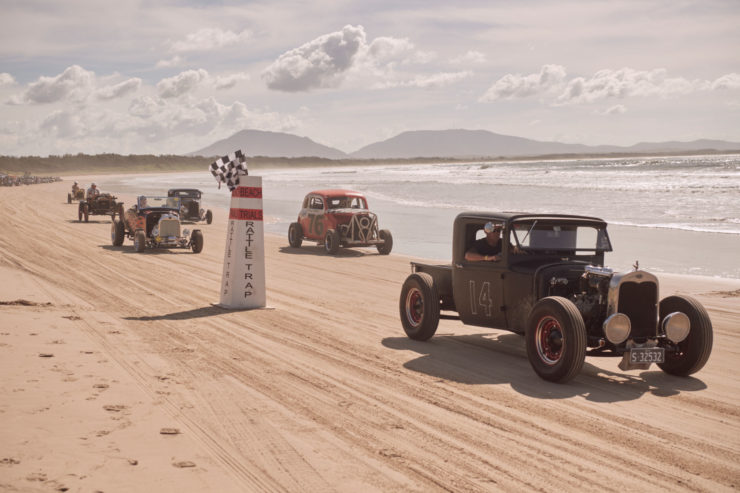
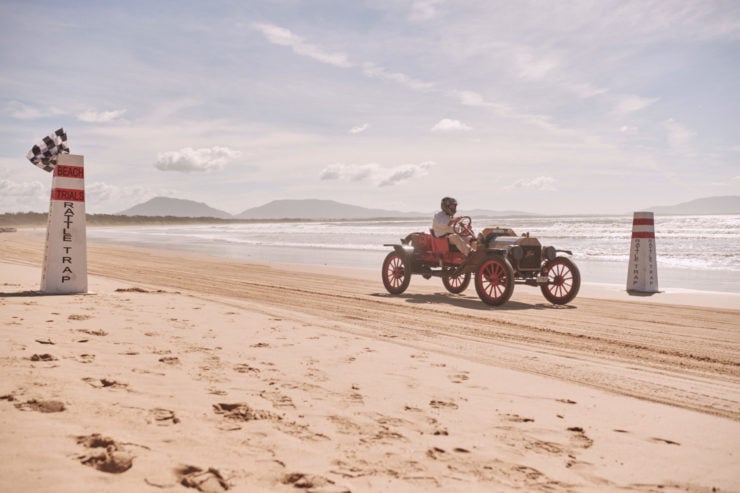

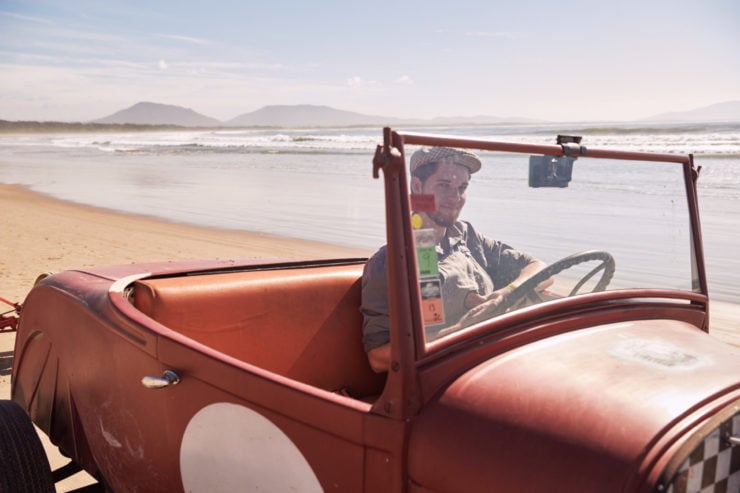
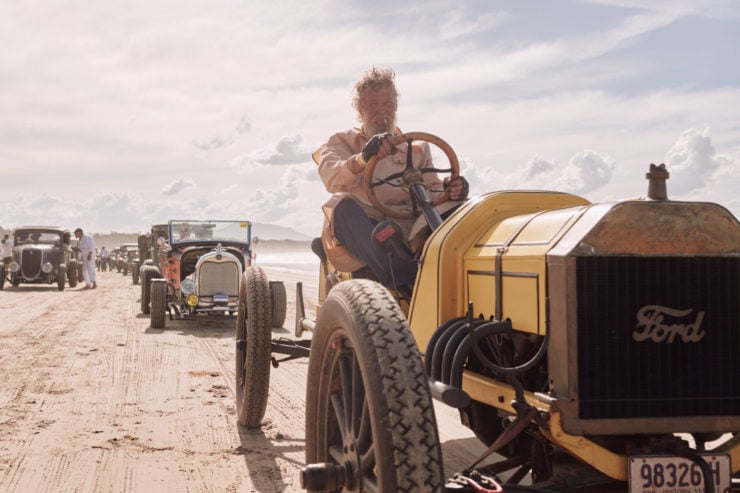
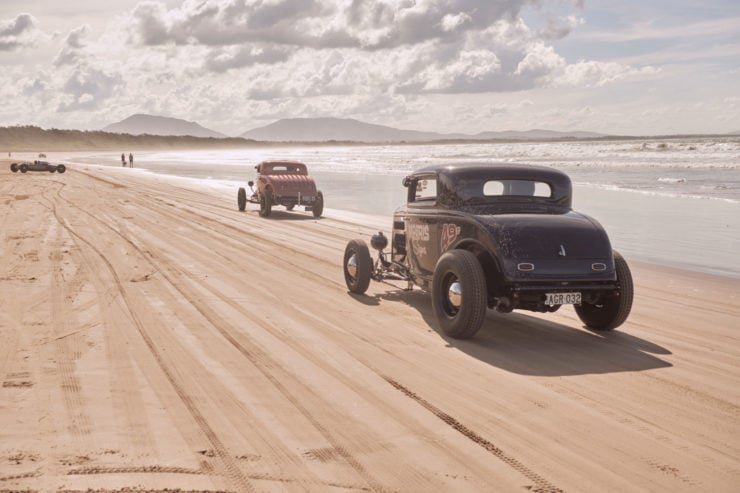
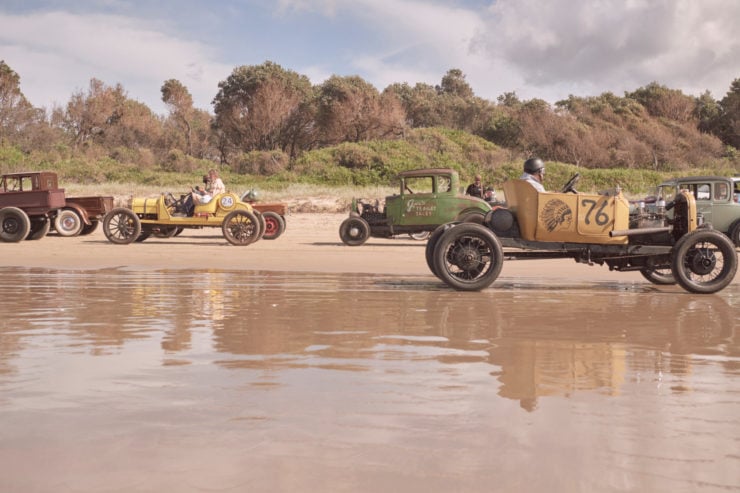
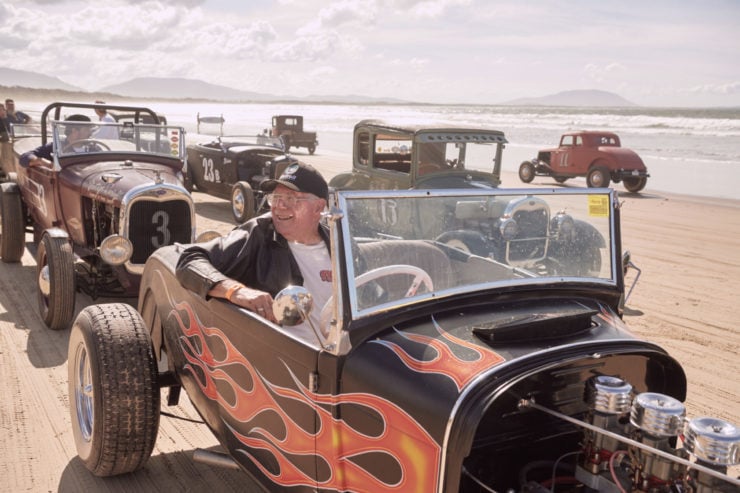
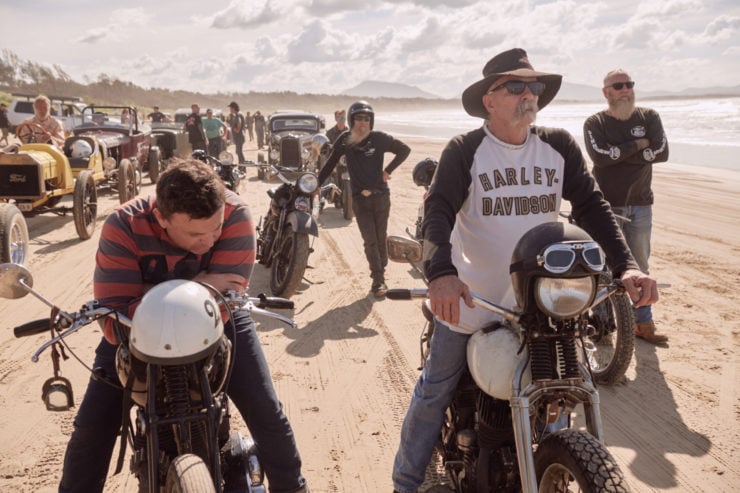
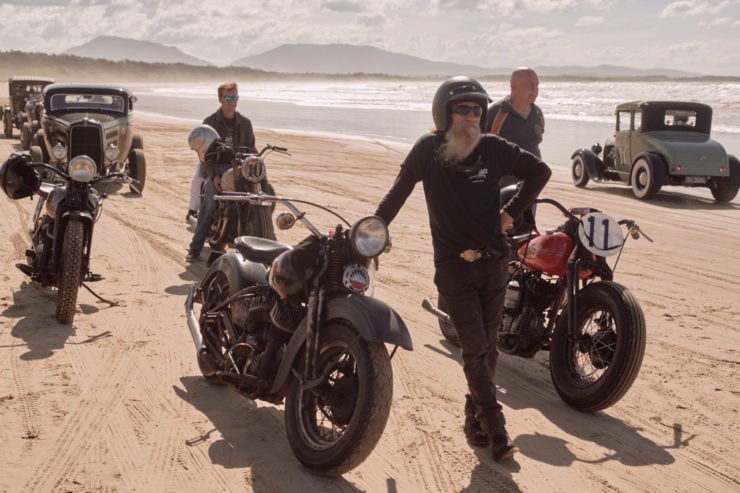
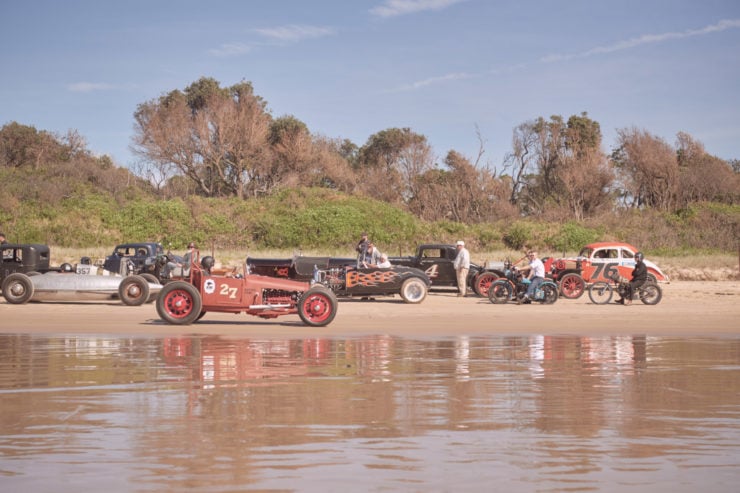

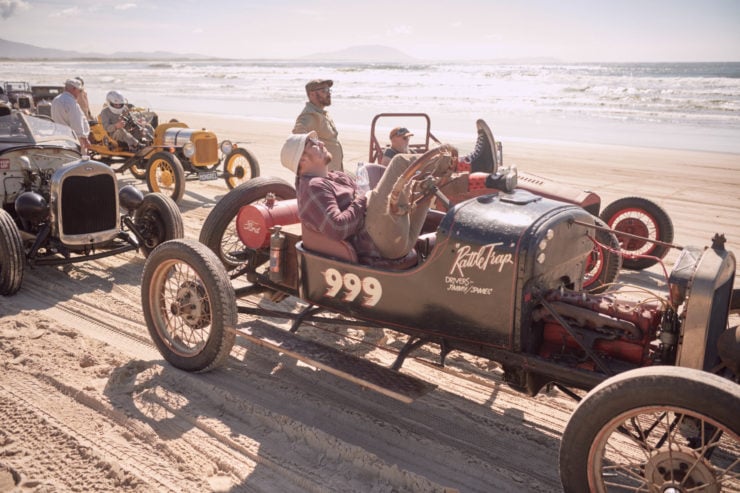
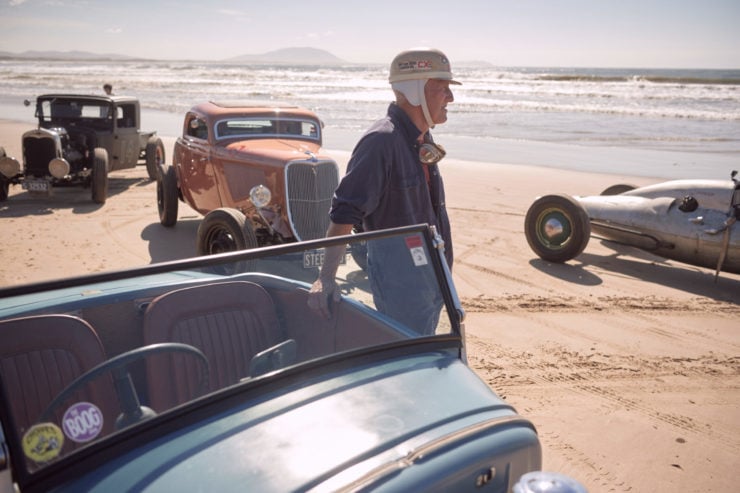
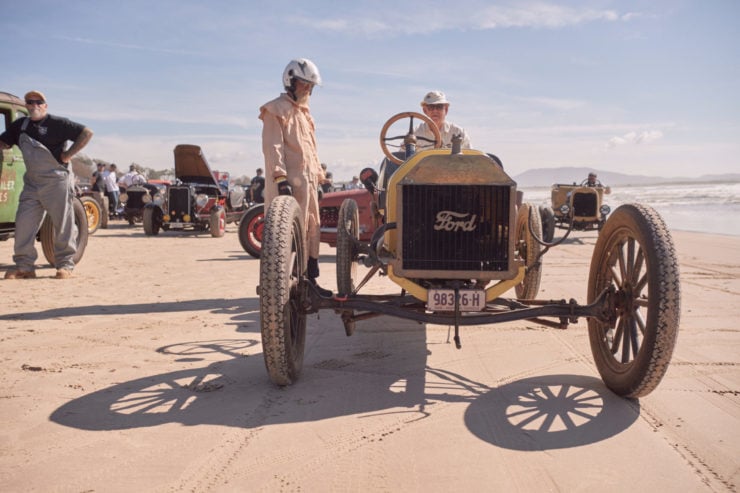
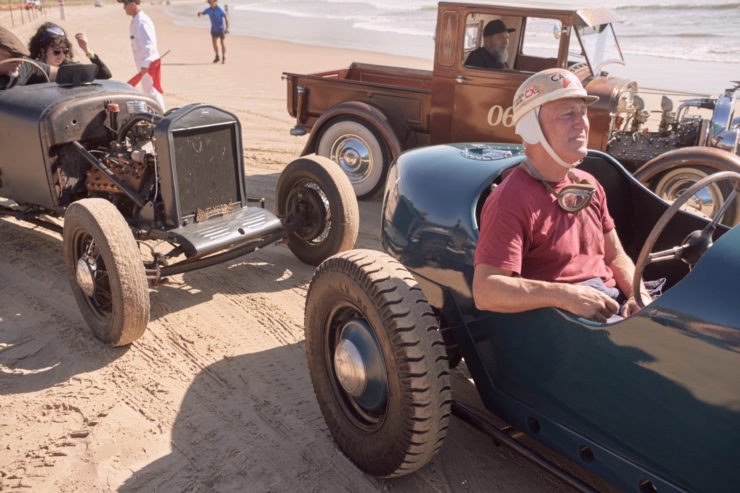
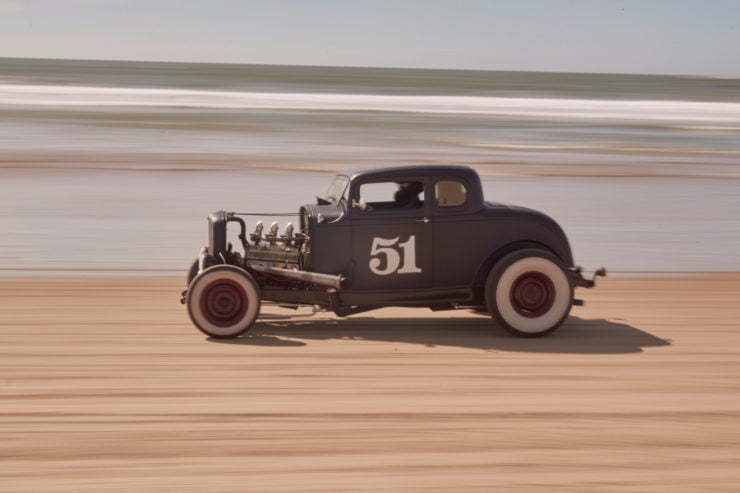
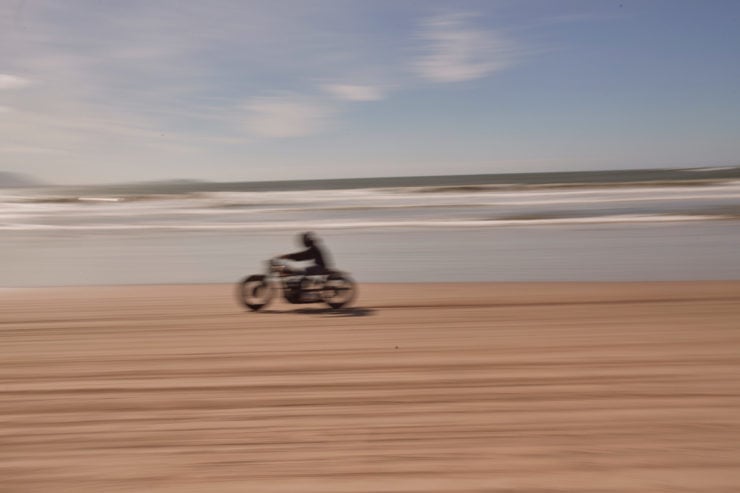
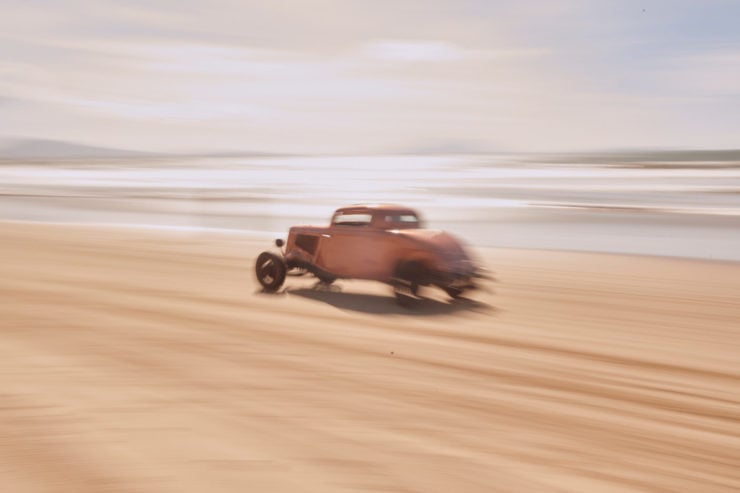
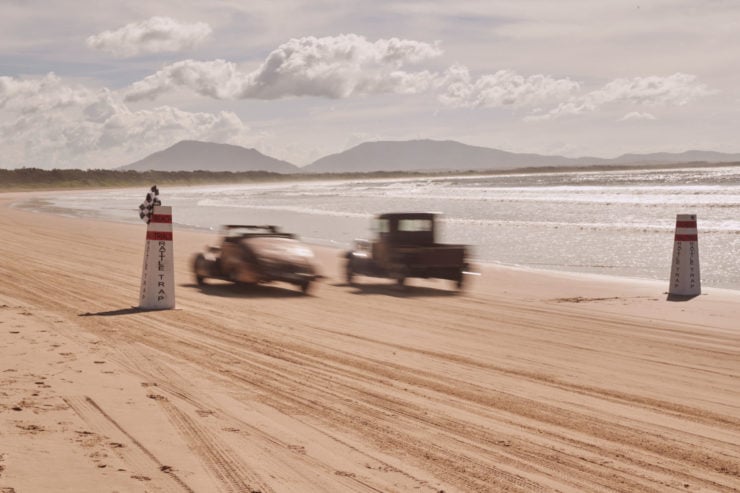
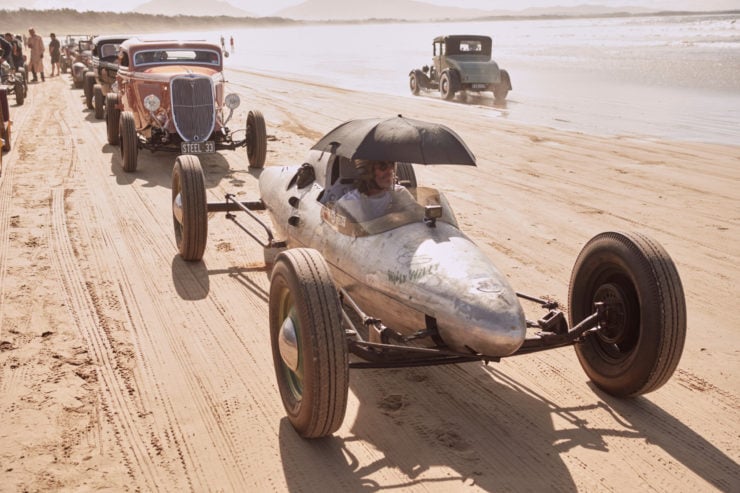

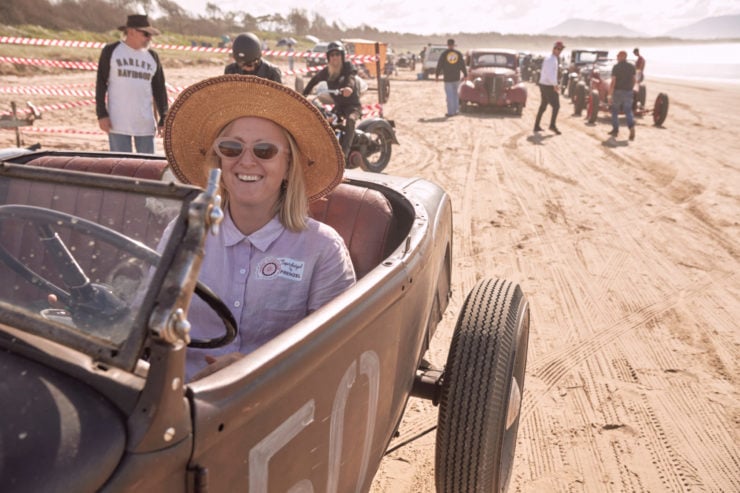
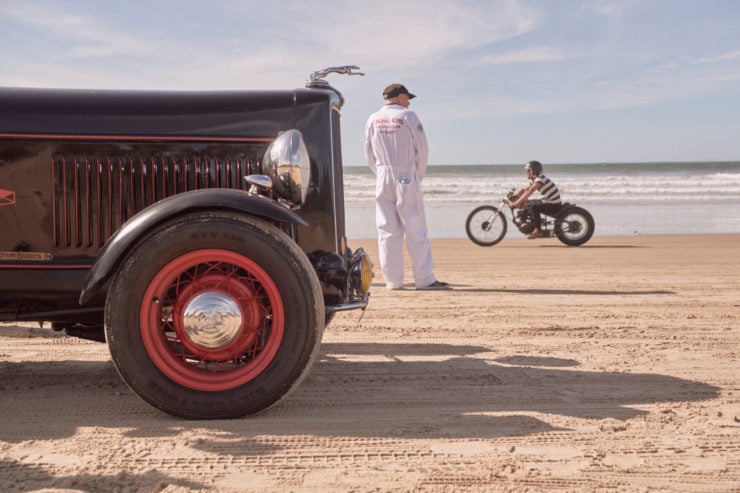
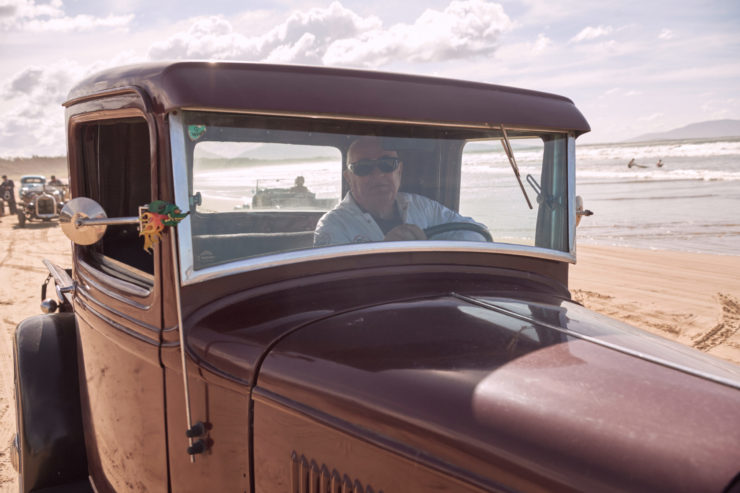
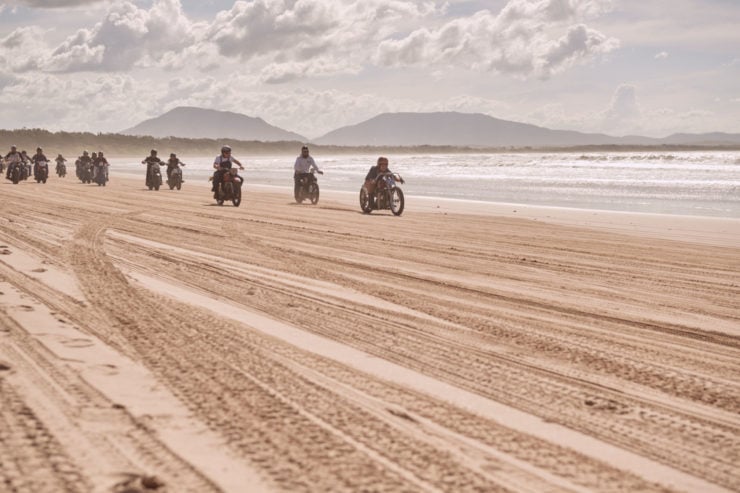
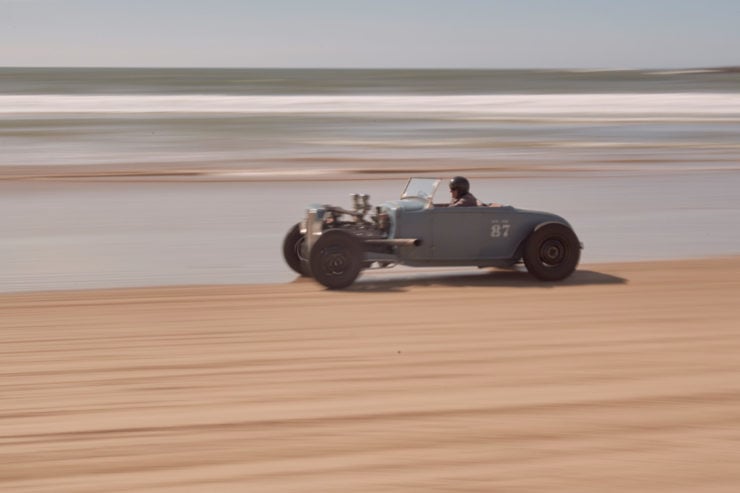
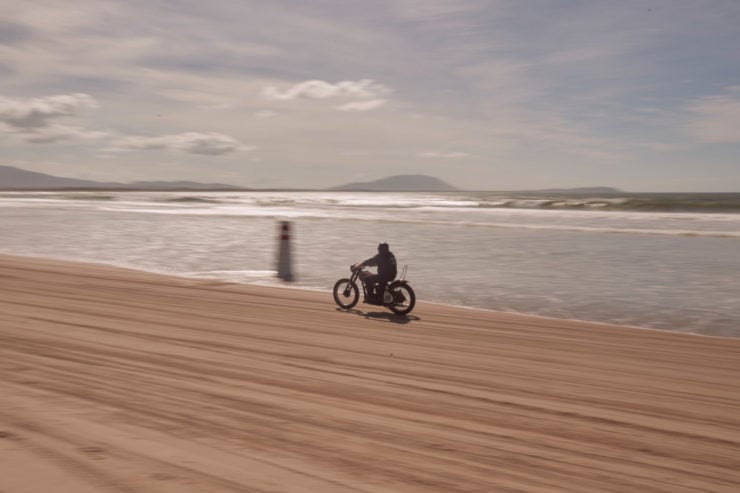
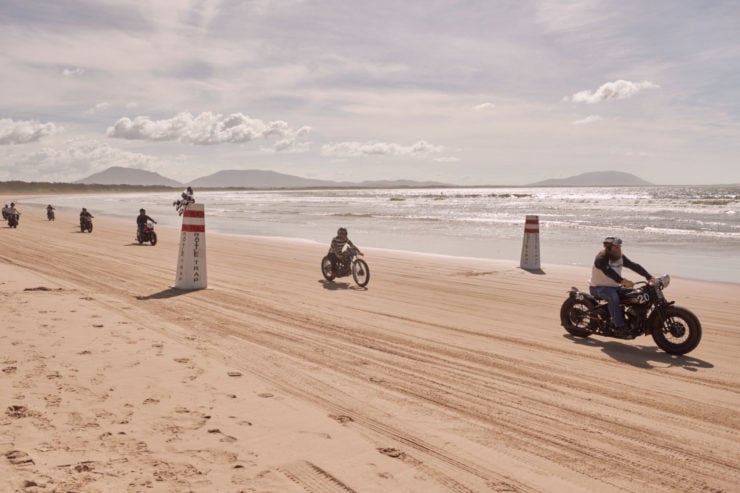
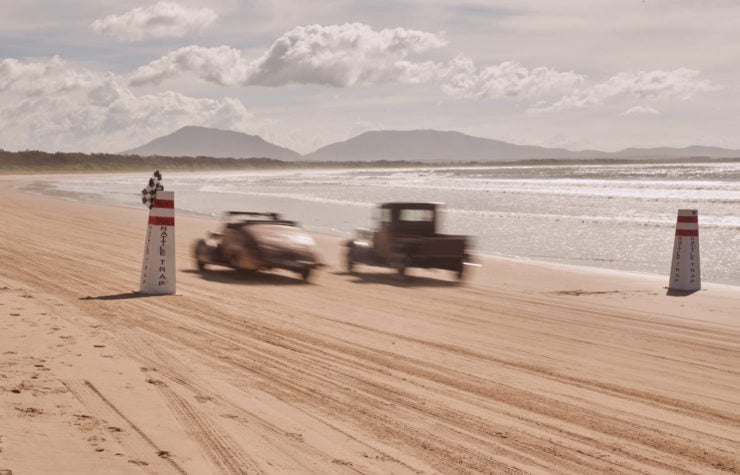
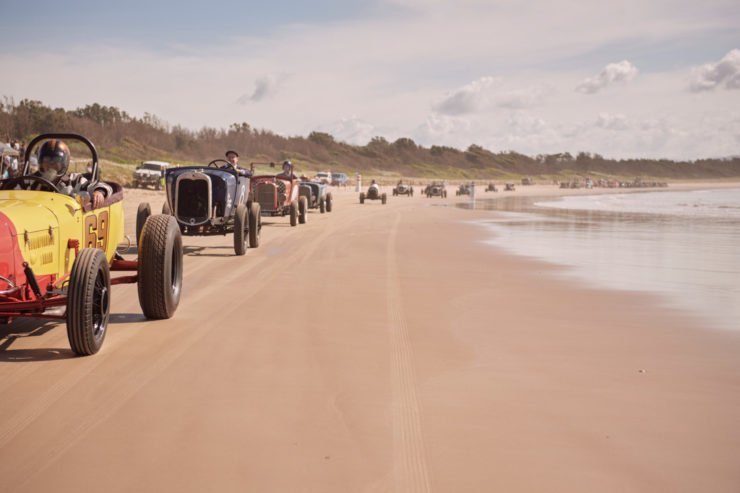
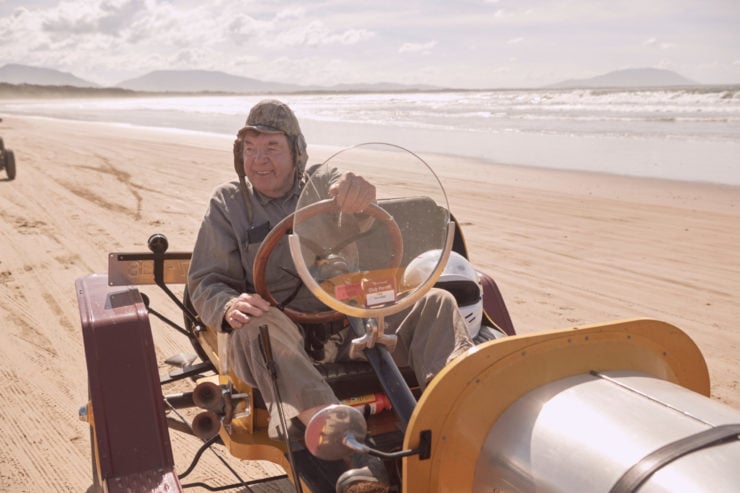
All images copyright 2022©: Nic Walker

The post The Amazing Rattletrap Beach Races In Australia appeared first on Silodrome.
from Silodrome https://silodrome.com/rattletrap-beach-races/
via gqrds


